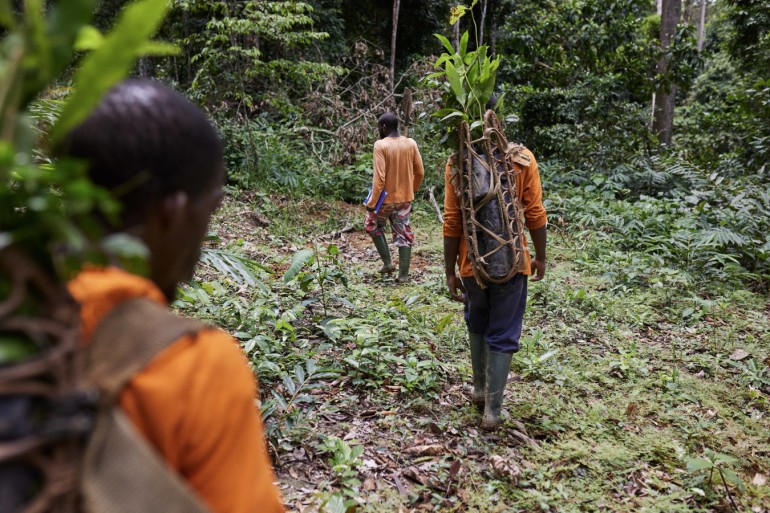

17.01.2025
Researchers at the University of Liège, Gembloux Agro-Bio Tech, have carried out a scientific study to identify the factors favoring the performance of local tree species plantations in the Guinean-Congolese region of Africa. This study is part of the UFA - REFOREST project, financed by the European Union.

This study, whose full scientific article can be found here, starts from the observation that since the beginning of the twentieth century, tree plantations have been proposed as a solution to reduce the loss of forest biodiversity, promote sustainable wood production and, more recently, increase carbon sequestration. Many believe that the regeneration of harvested species should be encouraged by the development of silviculture based on the planting of local species. However, although plantations of local species began during the colonial period, their results remain mixed. To date, there is still a lack of in-depth knowledge about the factors that promote the survival and growth of planted trees.
This study shows that tree survival was mainly influenced by planting age, with higher mortality during the first seven years. However, planting method and species characteristics did not significantly affect survival. Growth, both in height and diameter, depended on the planting method used and the light requirements of the species. Although no significant effect of forest type was observed on tree survival and growth, there was significant variability between sites.
The study shows that an appropriate match between species, site and planting method is crucial to ensure seedling survival and growth. Overall, planting in degraded areas, in old clearcuts and using the recrû method gave good results. On the other hand, planting in undergrowth and on layons showed limited results and should only be recommended for shade-tolerant species.
This study can guide silvicultural decisions by facilitating the selection of preferred species. It underlines the importance of plantation maintenance to optimize tree performance.